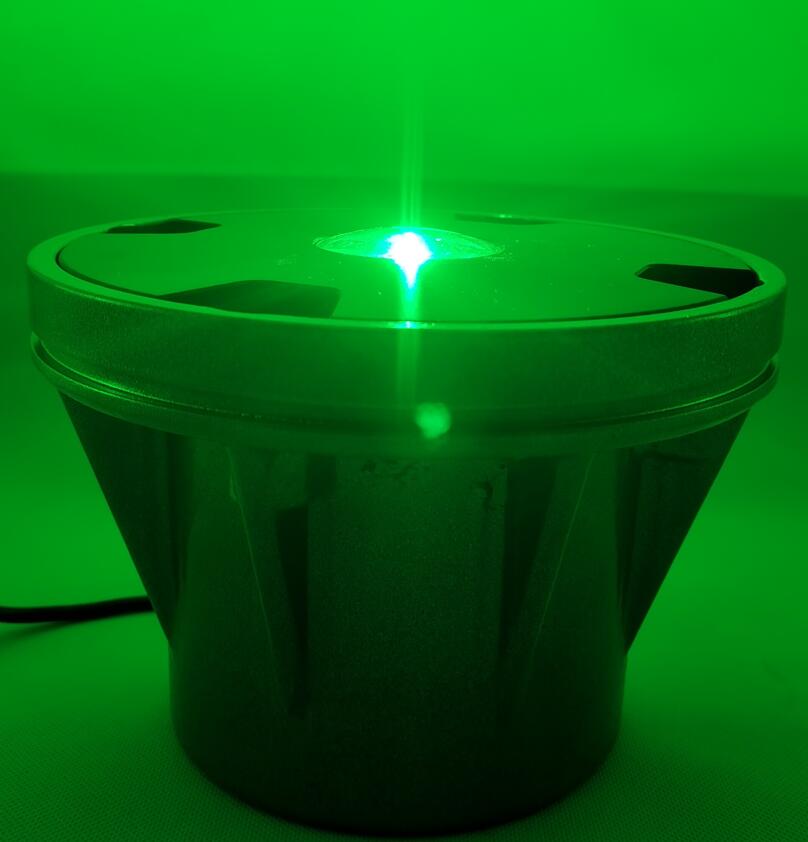Heliport Lighting: The Critical Infrastructure for Safe VTOL Operations
As vertical takeoff and landing (VTOL) aircraft operations expand across urban air mobility, emergency services, and offshore logistics, heliport lighting systems have emerged as fundamental safety components. These specialized lighting solutions do more than just illuminate landing areas—they provide vital visual cues that guide pilots during critical phases of flight. This article examines the evolving role of heliport lighting, current technological standards, and innovative solutions shaping the future of vertiport infrastructure.
The Safety Imperative of Heliport Lighting
Unlike conventional airports, heliports present unique challenges:
Limited approach/departure paths
Proximity to obstacles in urban environments

Frequent operations in low-visibility conditions
Modern heliport lighting addresses these challenges through:
Precision guidance systems for approach angles
| heliport lighting |
Obstruction marking for nearby structures
Adaptive intensity controls for varying weather conditions
Core Components of a Compliant Lighting System
1. Touchdown and Position Lights
Steady white LEDs marking the landing zone center
Perimeter lights defining usable area boundaries
Color-coded orientation indicators (green/red)
2. Approach Path Lighting
Elevated directional lights for glide slope indication
Pulsating sequence lights for enhanced visibility
Frangibility-rated fixtures for obstacle penetration safety
3. Specialized Lighting Solutions
Wind indicator illumination systems
| heliport lighting system |
Emergency shutdown lighting protocols
Vertiport-specific 3D approach path indicators
Regulatory Framework Evolution
Global standards are adapting to new VTOL realities:
FAA AC 150/5390-2D (2023 Updates)
New intensity requirements for eVTOL operations
Modified color specifications for urban environments
Enhanced durability standards for marine applications
EASA SC-VTOL-04
Lighting interoperability requirements
Dynamic intensity adjustment mandates
Emergency power supply duration increases
Technological Breakthroughs
1. Smart Adaptive Systems
Automatic brightness adjustment via LIDAR sensors
Predictive lighting activation using ADS-B data
Machine learning-based failure prediction
2. Sustainable Solutions
Solar-hybrid power systems with 72-hour autonomy
Photoluminescent marking for emergency situations
Energy-harvesting piezoelectric elements
3. Advanced Materials
Graphene-enhanced conductive coatings
Self-cleaning nano-surface treatments
Impact-resistant composite housings
Implementation Best Practices
For Urban Heliports:
Glare-reduction designs for light-pollution-sensitive areas
Integrated obstacle collision avoidance systems
Multi-level lighting for elevated vertiports
For Offshore Installations:
Corrosion-resistant marine-grade materials
Submersible-rated emergency lighting
Hurricane-proof mounting solutions
For Emergency Medical:
Instant-on capability during power failures
Trauma center synchronization systems
EMS priority lighting protocols
Future Development Trends
The next generation of heliport lighting will incorporate:
Augmented reality integration for pilot HUDs
Drone-based reconfigurable lighting for temporary sites
Biometric activation for secured facilities
Self-diagnosing networked arrays with predictive maintenance
As urban air mobility transitions from concept to reality, heliport lighting systems are undergoing their most significant transformation since their inception. The convergence of regulatory evolution, material science advancements, and smart technologies is creating lighting solutions that are more responsive, reliable, and resilient than ever before. These developments promise to support the exponential growth of VTOL operations while maintaining the highest safety standards across all operating environments.
The future of heliport lighting lies not just in illumination, but in becoming intelligent, interconnected systems that actively contribute to aviation safety infrastructure. As standards continue to evolve alongside emerging technologies, these critical systems will play an increasingly vital role in enabling the vertiport networks of tomorrow.
